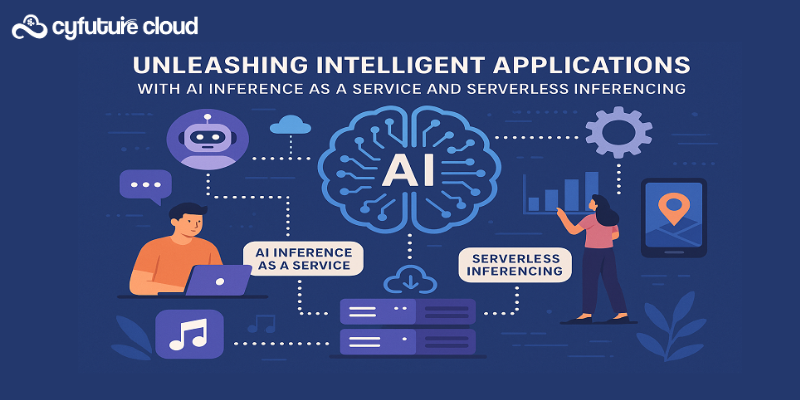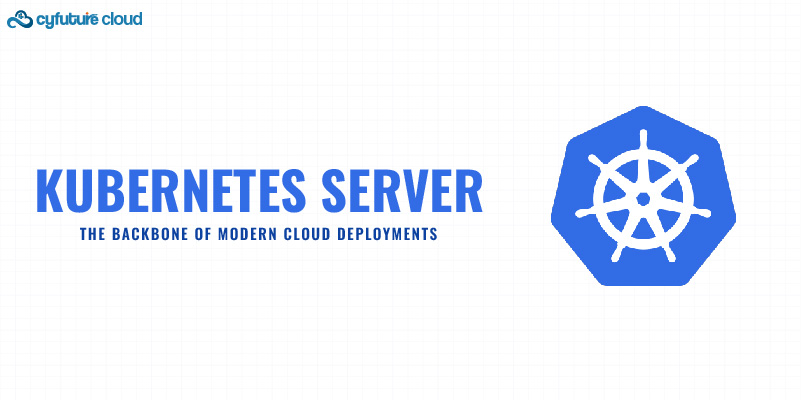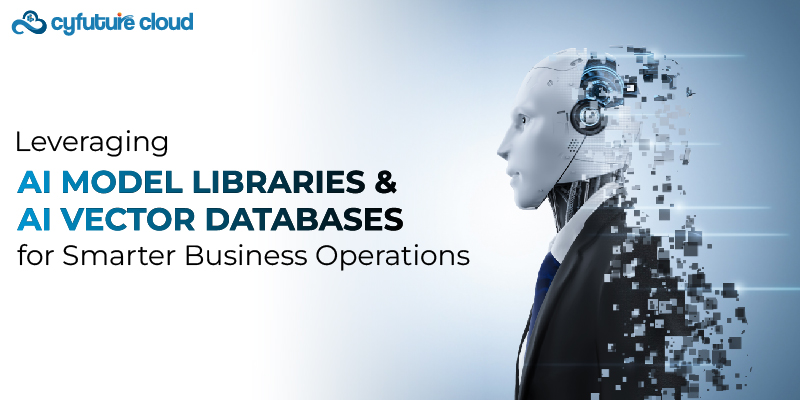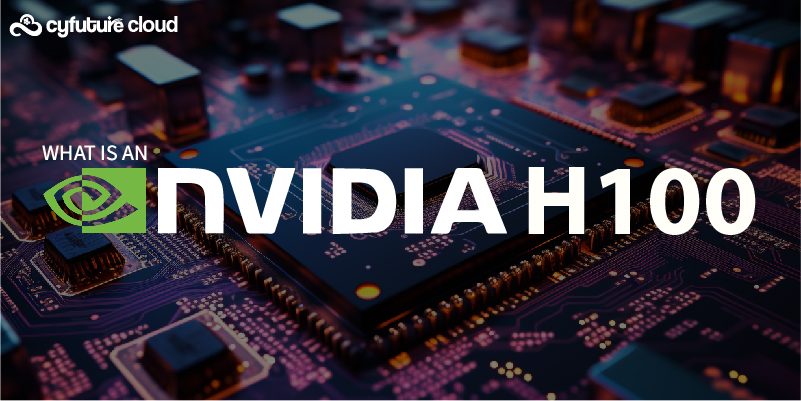Table of Contents
- What is a Cloud Data Lake:
- Key Characteristics of a Cloud Data Lake:
- The Data Lake Explanation
- Data Lake VS Data Warehouse
- What About Data Marts?
- Quicker SQL Queries on a Data Lake
- The Data Lakehouse
- Data Lakes On-Prem And in Public Clouds
- Analytics And Machine Learning for Data Lakes
- Data Lake Analytics
- Conclusion
Data lakes have developed from that point forward, and presently rival data distribution centres for a portion of large data stockpiling and examination. Different apparatuses and items support quicker SQL questioning in data lakes. All significant cloud providers offer data lake capacity and examination with their native cloud price in India. There’s even the new data lakehouse idea, which consolidates administration, security, and examination with reasonable capacity. This article is a high plunge into data lakes, including what they are, how they’re utilized, and how to guarantee your data lake doesn’t turn into a data swamp.
What is a Cloud Data Lake:
A cloud data lake is a centralized repository that stores vast amounts of structured, semi-structured, and unstructured data at scale, utilizing cloud-based infrastructure. It retains data in its raw form, allowing storage of diverse data types without the need for preprocessing. This storage flexibility enables organizations to ingest data from various sources, such as IoT devices, applications, and databases, and supports advanced analytics, machine learning, and data exploration. By leveraging cloud services, it offers cost-efficiency, scalability, and the ability to seamlessly integrate with different analytical tools for extracting valuable insights and driving informed decision-making processes.
Key Characteristics of a Cloud Data Lake:
| Aspect | Description |
|---|---|
| Storage | Scalable repository storing vast amounts of structured, semi-structured, and unstructured data in its native format. |
| Data Variety | Accommodates diverse data types (e.g., text, images, logs, videos) without requiring predefined schema, allowing for flexibility in data ingestion and storage. |
| Cost Efficiency | Utilizes pay-as-you-go cloud infrastructure, minimizing upfront costs and enabling cost-effective storage and computing resources as needed. |
| Analytics | Supports various analytics tools and frameworks for processing, analyzing, and deriving insights from raw data, facilitating advanced analytics and machine learning. |
| Scalability | Scales easily to accommodate growing volumes of data, ensuring performance and storage expansion without disruption. |
| Integration | Seamlessly integrates with different data processing and analytics services, enabling interoperability and flexibility in data utilization across the organization. |
| Security | Offers robust security measures, including encryption, access controls, and compliance features, ensuring data protection and regulatory adherence. |
| Accessibility | Provides accessibility to data across different departments and teams, promoting collaboration and enabling diverse use cases for insights and decision-making. |
| Data Governance | Facilitates the implementation of governance policies, metadata management, and data cataloging for better control, traceability, and compliance with regulations. |
| Real-time Analytics | Supports real-time or near-real-time data ingestion and processing, enabling quick insights and decision-making based on the most current information available. |
The Data Lake Explanation
A data lake is a solitary data store that holds every one of your data until it is prepared for investigation, or potentially just the data that doesn’t squeeze into your data stockroom. Commonly, a data lake stores data in its local document design, yet the data might change to Indian cloud hosting providers to make the examination more effective. The objective of having a data lake is to extricate business or other logical worth from the data.
Data lakes can have double data, like pictures and video, unstructured data, for example, PDF records, and semi-organized data, for example, CSV and JSON documents, as well as organized data, commonly from social data sets. Organize data is more helpful for investigation, yet semi-organized data can undoubtedly be brought into an organized structure. Unstructured data can frequently be switched over completely to organized data utilizing keen robotization.
Data Lake VS Data Warehouse
The inquiry isn’t whether you want a data lake or a data stockroom; you no doubt need both, however for various purposes. It is likewise conceivable to join them, as we’ll talk about soon. To begin, we should take a gander at the significant contrasts between data lakes and data distribution centres:
Data Sources
Typical wellsprings of data for data lakes incorporate log documents, data from click-streams, virtual entertainment posts, and data from web associated gadgets. data stockrooms normally store data separated from conditional data sets, line-of-business applications, and functional data sets for examination.
Schema Strategy
The database outline for data lakes is normally applied at investigation time, which is called pattern on-read. The data set pattern for big business data distribution centres is typically planned before the production of the data store and applied to the data as it is imported. This is called outline on-compose.
Storage Infrastructure
Data stockrooms frequently have critical measures of costly RAM and SSD plates to give question results rapidly. data lakes frequently utilize modest turning circles on bunches of product PCs. The two data stockrooms and data lakes utilize hugely equal handling (MPP) to accelerate SQL inquiries.
Raw VS Curated Data
The data in a data distribution centre should organize to that the data stockroom can treat as the “single wellspring of truth” for an association. Data in a data lake could organize: data lakes commonly start with crude data, which can later separate and changes for examination.
Who Utilizes It
Data distribution centre clients are typically business examiners. data lake clients are all the more frequently data researchers or data engineers, at first. Business examiners gain admittance to the data whenever it organizes.
Type of Analytics
Typical examination for data stockrooms incorporates business knowledge, group announcing, and representations. For data lakes, common examination incorporates AI, prescient investigation, data disclosure, and data profiling.
What About Data Marts?
data shops are examination data sets that restrict data from a solitary division or speciality unit, rather than data stockrooms. It joins each of an organization’s social data in a structure reasonable for examination. Datastores offer productive examination by containing just data applicable to the division; thusly, they cache. In some cases, the siloing doesn’t make any difference because the speciality unit needn’t bother with the rejected data. In actuality, it frequently matters — there’s generally a higher-up who necessities report in light of consolidated data from different speciality units. That is one motivation behind why we at present see numerous data lakes and data distribution centres and not many data stores.
Quicker SQL Queries on a Data Lake
At the point when you store crude data in a data lake, the data may be futile for business examiners until it handles by a data specialist or data researcher. As well as separating and data changes, data lakes need data indexes, data security, and blueprint definitions. The sad shorthand term for a data lake without these highlights is data swamp.
Luckily, there are a lot of devices to help channel and sort out the data in your data lake. For instance, you could address the requirement for a pattern by making a Hive megastore in ORC design. Whenever it’s set up, the unfortunate shorthands uphold quick SQL inquiries using a hugely equal SQL motor like Presto. Row Columnar organization pack columnar store that streamlines for Hive and functions admirably with Presto.)
Apache Spark is another greatly equal SQL motor. While it can work with the ORC design, it works far and away superior with Parquet, one more packed columnar store. Flash can perform both vertical and even dividing on Parquet records, delivering a question plan that requires perusing just the essential data and can skirt insignificant data.
The Data Lakehouse
Databricks, the organization behind Spark and MLflow, offers what they call a data lakehouse. As indicated by Databricks, the lakehouse joins the best highlights of data distribution centres and data lakes:
Delta Lake, which Databricks delivered to open source, frames the groundwork of the lakehouse by giving dependability and superior execution straightforwardly on data in the data lake. Databricks Lakehouse Platform likewise incorporates the Unity Catalog, which gives fine-grained administration to data and AI. Databricks claims that its data lakehouse offers multiple times the cost/execution proportion of a data stockroom.
Data Lakes On-Prem And in Public Clouds
Data lakes carry out on-premises utilizing Apache Hadoop groups of ware PCs and HDFS (Hadoop Distributed File System). Hadoop groups used to be huge businesses for Cloudera, Hortonworks, etc. Cloudera and Hortonworks converged in 2018, which educates you something regarding the course of the market.
What changed was the cloud, explicitly the hyper-scale public cloud sellers Amazon Web Services (AWS), Microsoft Azure, and Google Cloud Platform (GCP). Each of the three cloud suppliers offers data lake capacity items: Amazon Simple Storage Service (Amazon S3). Amazon EMR (previously Amazon Elastic MapReduce), Azure Data Lake Store (ADLS), and Google Cloud Storage (GCS). Each of the three likewise offers administrations for data ingestion, data handling, examination, and AI. It’s a lot simpler and quicker to make, make due, and scale cloud data lakes than it is to oversee Hadoop bunches in your server farm; the tradeoff is that drawn-out functional uses in the cloud will ultimately become huge.\
Analytics And Machine Learning for Data Lakes
Prior, I examined utilizing Presto and Apache Spark for quicker SQL questions on a data lake. SQL is only one of the ways of examining data, even though it’s very significant and is in many cases the initial step. Also, consider business insight devices like Power BI, Tableau, or Qlik; Jupyter, Zeppelin, or Spark note pads; AI, for example, sci kit-learn, SparkML, or KNIME; and profound learning, for example, TensorFlow or PyTorch.
The hyper-scale cloud merchants have investigation and AI devices of their own that associate with their data lakes.
Amazon Athena utilizes Presto and Hive to perform SQL questions on the data in Amazon S3. Amazon EMR is a cloud enormous data stage for running huge scope disseminated data handling positions, and intuitive SQL questions. AI applications utilizing open source investigation systems, for example, Apache Spark, Apache Hive, and Presto. SageMaker is a completely overseen administration to fabricate, train, and convey AI models.
Data Lake Analytics
Purplish blue Data Lake Analytics (ADLA) is a more seasoned on-request (serverless) examination work administration that improves on enormous data. Utilizations U-SQL, which is SQL in addition to C#. ADLA supplants Azure Synapse Analytics, which is a boundless investigation administration that unites data reconciliation, endeavour data warehousing, and large data examination. It allows you to question data based on your conditions, utilizing either serverless or committed choices — at scale. Neurotransmitter consolidates data lake, undertakes data stockroom, and sets up functional data question usefulness. It can consequently move data and code from ADLA as well as data distribution centres. The neural connection has profound joining with Azure Machine Learning, Azure Cognitive Services, and Power BI.
Google Cloud Storage gives local joining various strong Google Cloud administrations. Like BigQuery (a data stockroom), Dataproc (Hadoop biological system), Dataflow (serverless real-time examination), Video Intelligence API, Cloud Vision API, and AI Platform.
Out and out, you have extensive adaptability to pick the right device to examine your data.
Conclusion
data lakes have become substantially more valuable since the times of Hadoop groups and MapReduce. Presto and Apache Spark offer a lot quicker SQL processors than MapReduce, because of in-memory. Hugely equal handling and Hive-based constructions. Cloud-based data lakes are a lot more straightforward and quicker to make, make due, and scale than on-prem bunches of item PCs. What’s more, cloud data lakes coordinate firmly with a wide scope of investigation and man-made reasoning devices.
Recent Post
Send this to a friend

 Server Colocation
Server Colocation CDN Network
CDN Network Linux Cloud Hosting
Linux Cloud Hosting Kubernetes
Kubernetes Pricing Calculator
Pricing Calculator
 Power
Power
 Utilities
Utilities VMware Private Cloud
VMware Private Cloud VMware on AWS
VMware on AWS VMware on Azure
VMware on Azure Service Level Agreement
Service Level Agreement 



















